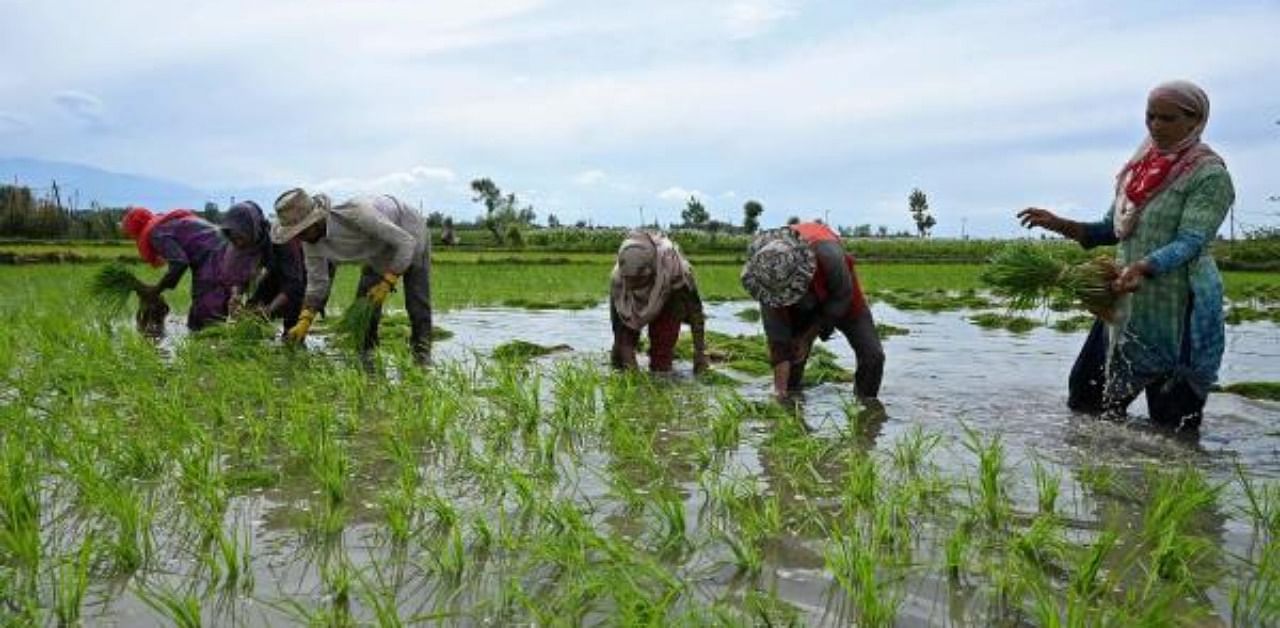
Budget 2023 presented by Finance Minister (FM) Nirmala Sitharaman had interesting hits and unexpected lows for the agriculture sector.
The good centered on, among other things, technology, entrepreneurs, and fisheries. Interestingly, most interventions suggested in the Budget under these heads viewed agricultural activities as a seamless chain starting from procuring quality inputs to generating remunerative prices for the produce. Though the focus was more on inputs in the Budget, the adoption of the value-chain approach is a commendable first.
An Agricultural Accelerator Fund was brought to encourage more start-ups to deliver technology-based solutions to farmers for improving their crop yields and profitability. Use of high-frequency data for improving access to quality inputs, improving crop yields and its value capture by farmers via a Digital Public Infrastructure for Agriculture, bringing farmers, startups, and industry together, is yet another useful tool.
Under the Rs 10,000-crore GobarDhan scheme, FM exempted the compressed bio-gas (CBG) from excise duty. This is likely to nudge farmers to adopt a circular way of farming, where they could generate wealth from waste.
Customs duty on imported fish feed and lipid oil were drastically reduced, cutting the cost of manufacturing aquatic feed. To expand the market and improve efficiencies along the fishing value-chain, a new sub-scheme of PM Matsya Sampada Yojana with targeted investment of Rs. 6,000 crore was launched. To avoid distress sale of crops, including fisheries, creating decentralised storages is rightly prioritised by the Budget.
There were some misses. Climate change and a resilience plan did not get any focus in the budget. The country suffered at the hands of high temperatures and volatile monsoon rains just last year when yields of both rice and wheat suffered. With growing news about El Nino disrupting upcoming Indian monsoons, there was a need to develop, for example, a Climate Action Plan for Agriculture. Rashtriya Krishi Vikas Yojana (RKVY), which subsumed this climate-related budget head, has lower budgets accorded this year compared to last year’s allocation.
Irrigation too seems to have lost its policy priority this year. Country’s flagship scheme for irrigation, Pradhan Mantri Krishi Sinchayi Yojana (PMKSY) was launched in 2015-16 to increase water-use efficiency and irrigation coverage. The allocation for this in Budget 2023 was less than that last year.
On the consumer side, interestingly, the price stabilization fund (PSF), that was responsible for maintaining buffer stocks of pulses, onions and potatoes, has been reduced to a measely Rs. 1 lakh from its last year’s budget of Rs. 1,500 crores. Does it indicate the government’s expectation of lower pulses’ prices in the coming year?
Nevertheless, it has been an interesting budget. For sure, Indian millets enjoyed center-stage. From being christened as nutri-cereals in 2018-19, they are now to be addressed as Shree Anna.
(The writer is an Agricultural Economist and is Co-founder of Arcus Policy Research)